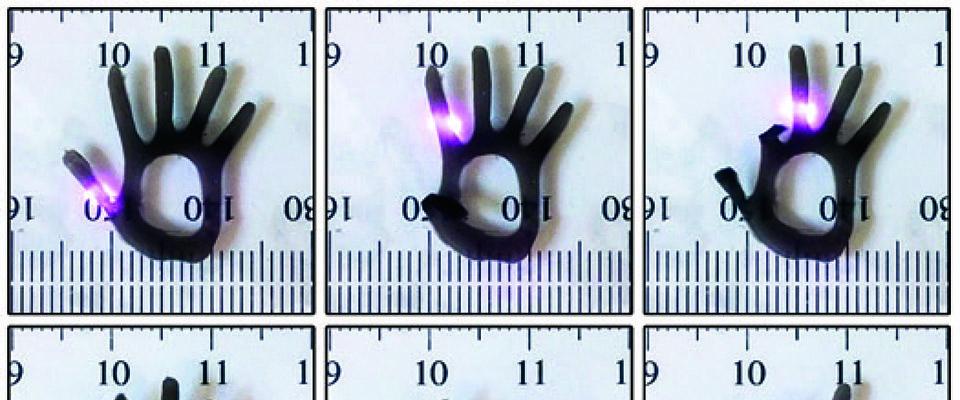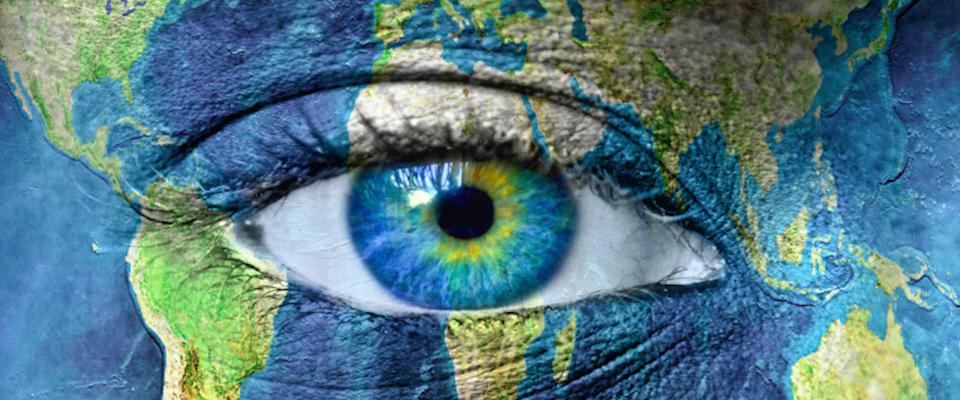As I peer into a microscope, thousands of tiny lenses, each the size of a pinprick, stare back at me—a perfect replica of an insect’s multifaceted eye. Luke Lee hovers nearby, excitedly adjusting the thin spectacles on his nose. “Insect eyes have many tiny, tiny lenses. Each lens is looking at a different angle—back side, front side,” the bioengineering professor explains. “This is why you can’t catch flies. They can see you coming.”
After studying the eyes of dragonflies, Lee and his graduate student assistants built artificial compound eyes with thousands of microlenses out of polymer resin. Their research was published in Science last fall. Lee points to many potential applications for artificial compound eyes: When attached to cameras, they could aid in military surveillance by offering 360-degree vision. Or with a medical-imaging device the size of a vitamin pill, doctors could get a three-dimensional view of the inside of a patient’s body—a radical departure from the two-dimensional images of most endoscopes. Lee’s latest project uses the individual microlenses from the compound eye to build tiny microscopes, each functioning as a “lab on a chip.”
Lee’s specialty is what he calls “biologically inspired systems.” This means studying the complex structures he sees in nature and replicating them in the lab. “How does this insect form the lenses and then connect them to the nervous system? How do they generate such order?” he asks. “They did it without any hot oven or fancy fabrication lab—it’s beyond my imagination.”
His research wish list is endless—like the elephant nose fish, which emits an electric pulse to help it locate food and potential mates. “They’re little fish, but they generate a huge electric pulse. And it’s all protein-based. There’s no magic metal or magic material,” he says. “Can we use this concept to make a new battery?”
Lee says his scientific fascination with nature’s design crosses over into the spiritual. As we exit the lab, he tells me his beliefs sometimes invite ridicule from other scientists. “Nature is full of creatures that God created, and I’d like to learn how God created them,” he says. “Some people say we human beings are formed by random circumstances, but how could this happen? The more time I spend studying life, the more I see there is an order.”
From the May June 2006 What’s Happened to the Animals of Yosemite issue of California.




















